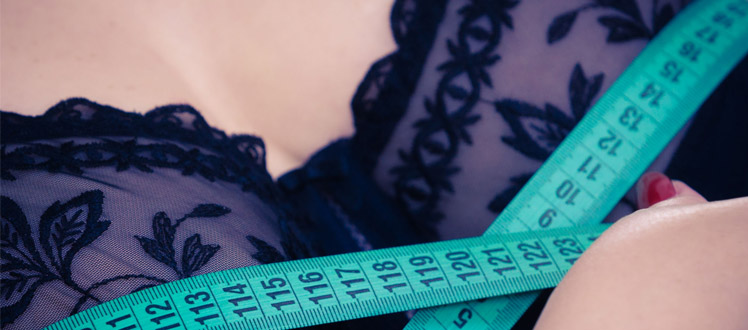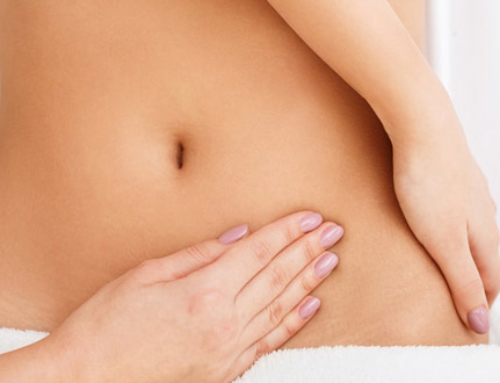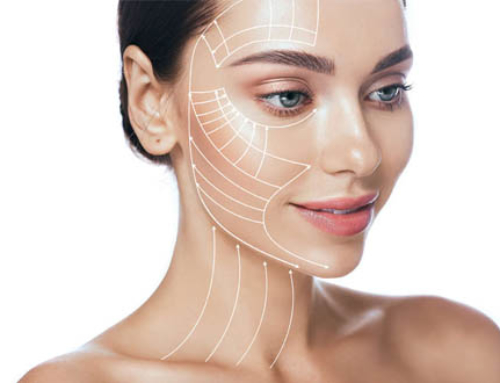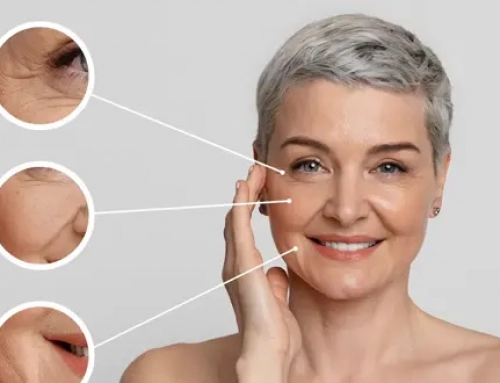Patients considering this procedure have to know that scars resulting from the incisions are not always exactly the same. The first factor extending these scars is the type of procedure performed. There are several surgical techniques used for breast reduction purposes involving different incisions (in length and depth) with different appearances depending on each patient’s healing process.

Scars resulting from breast reduction surgery
Different types of incisions
The 2 most common breast reduction techniques essentially differ in the incision pattern.
- The first incision is a T shaped incision, along the inframammary fold and up to the areola
- The second one is the periareolar incision (along the border of the areola), which can be associated with a vertical incision to the inframammary fold.
Scars resulting from these incisions are inevitable, which is why postoperative wound management has to be appropriate and start immediately after cosmetic surgery. Certain complications can be avoided this way, postoperative care also contributes to a better result.
Aside from the volume reduction, breast reduction surgery also decreases breast weight, which is often a necessity for patients suffering from back pain.
Promote healing
In order for wound healing to be optimal, surgeons recommend their patients the most suited topical products to apply during the recovery period. This will also avoid inflammation as well as infection.
Once wounds are healed, they have to be protected. Special silicone based products are usually the best choice to protect and improve the appearance of scars.
Massages are also recommended to promote wound healing. Constant hydration and hygiene are necessary. Patients have to avoid sun exposure during several months in order for tissues to go back to their normal state. Healthy habits, avoiding alcohol and smoking also speed up the healing process.





